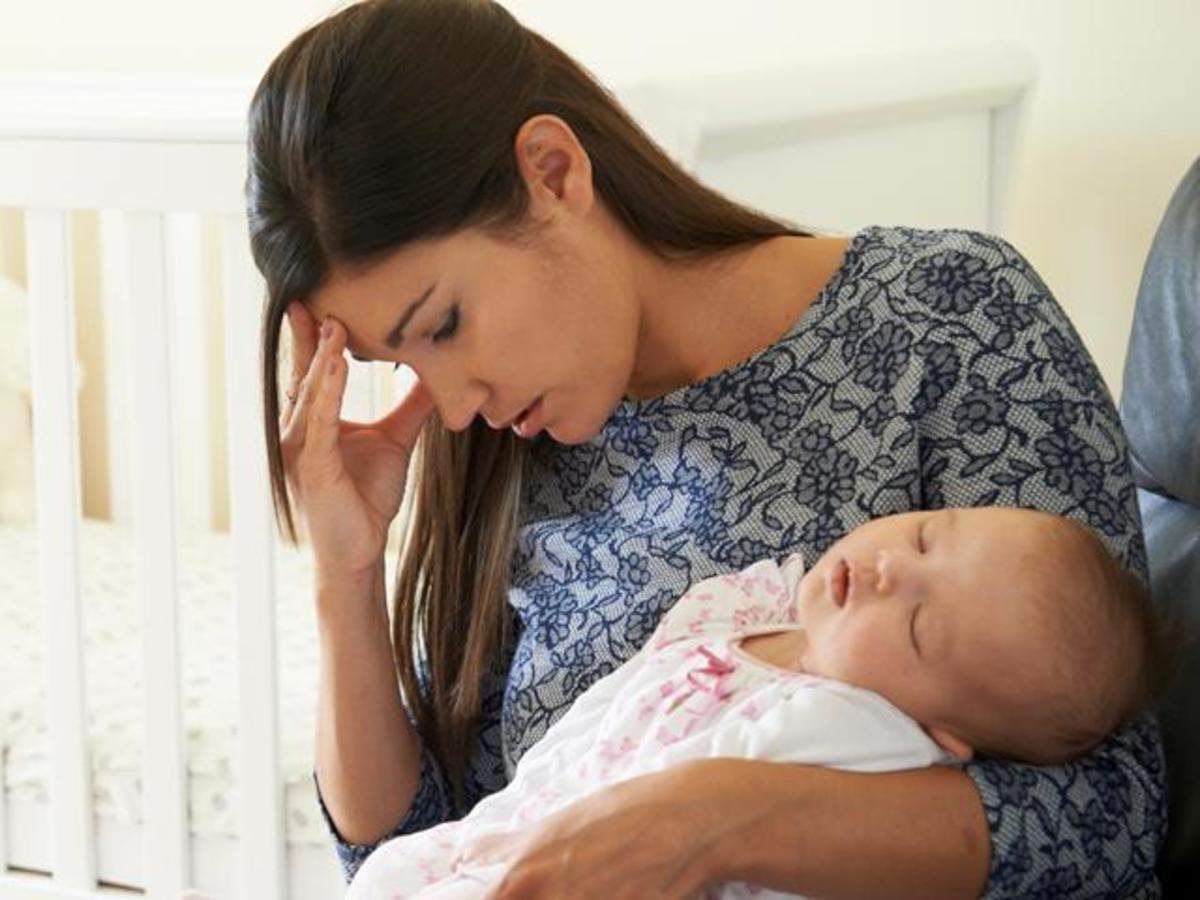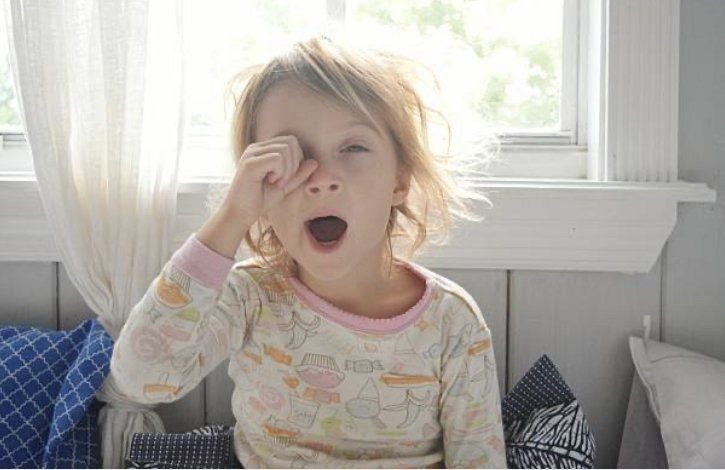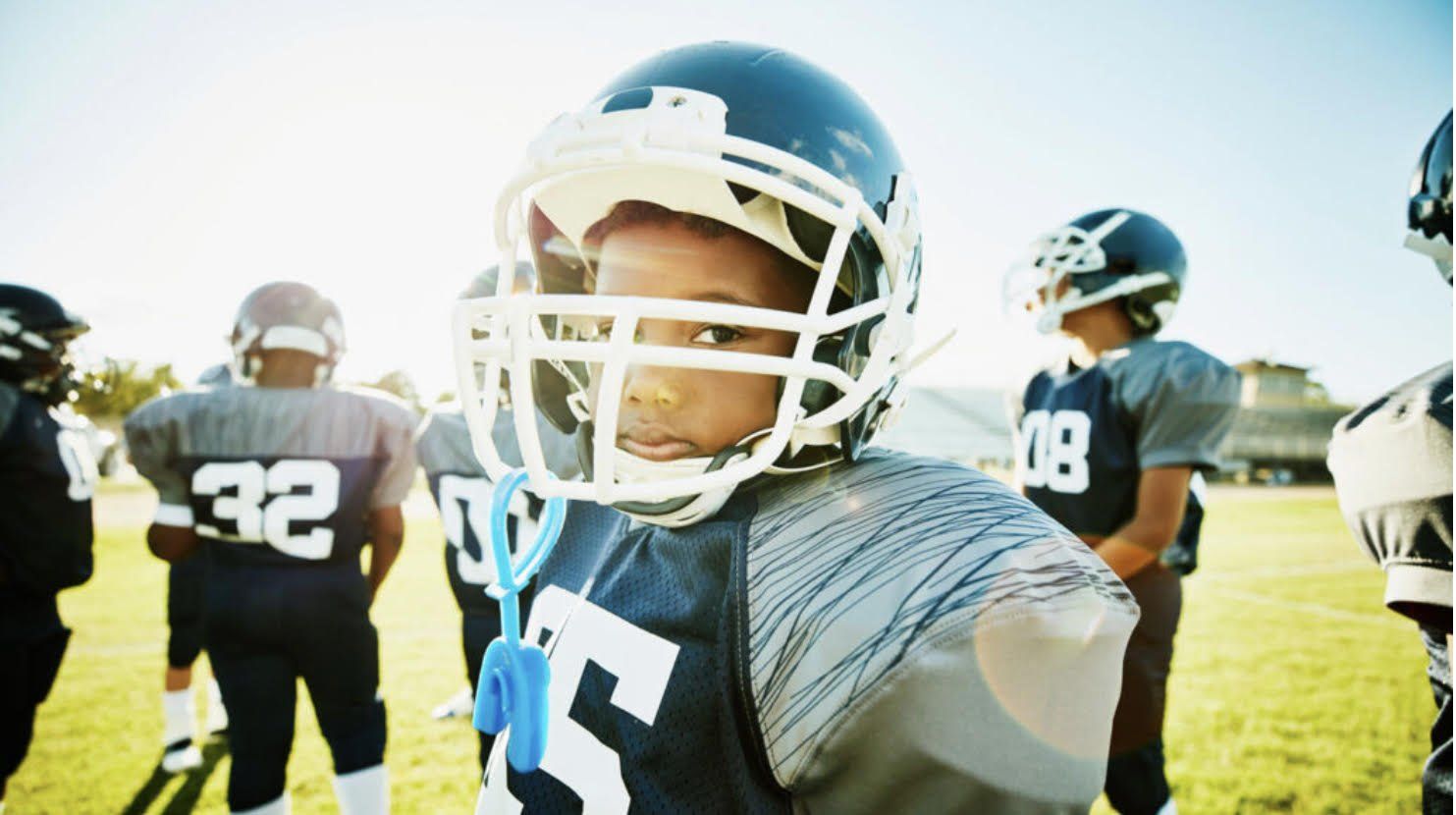Caring for Your Child with Cerebral Palsy

Cerebral palsy, or CP, is an umbrella term that refers to multiple diseases and conditions that originate early in life, affect the brain, and primarily cause impairments in motor movements. It is the most common cause of severe physical disability in children, occurring in about 1 in 500 liveborn infants. Cerebral palsy results from any of numerous insults to the brain, including prenatal factors like ingestion of drugs or toxins during pregnancy, prematurity, lack of oxygen/asphyxia at birth, stroke or brain bleed, severe jaundice, sepsis or meningitis, head trauma, and an array of biochemical and genetic influences on brain function. Cerebral palsy is generally referred to according to the distribution of limb weakness and type of tone abnormality. Spastic quadriplegia is tightness and weakness in all four limbs, along with the trunk and face; spastic diplegia affects two limbs at the upper or lower body, generally the legs; spastic hemiplegia is tightness and weakness on one side of the body; ataxic CP affects balance and coordination of movement; and dyskinetic/athetoid CP is characterized by dysregulation of motor tone and movement, causing uncontrollable movement (twisting, writhing, jerking) and irregular posture. About 80% of children with CP have the spastic variety.
Whereas no two children with C.P. are exactly alike, your child may face some or all of the following conditions related to C.P.:
- Floppinesss or hypotonia, low muscle tone, which makes it difficult to hold the head upright, roll over, bear weight, grab at and hold objects, walk, and achieve other milestones.
- Spasticity or hypertonia, increased muscle tone, which generally increases over time, and makes it difficult to walk, run, ride a bike, etc. The increased muscle tone makes children with C.P. at risk for contractures at small and large joints, including the hip, which may dislocate.
- Poor balance, coordination, and/or uncontrollable movements.
- Seizures.
- Feeding and swallowing difficulties, which may require the insertion of a gastrostomy/feeding tube for adequate nutrition and to protect the airway from aspiration of milk/food/secretions.
- Delayed or disordered speech and language.
- Visual and/or hearing deficits.
- Constipation, which results from diminished tone in the colon itself and the voluntary muscles that assist in pushing out stool.
- Urinary tract infection, which results from diminished tone in the bladder, incomplete emptying, and overgrowth of bacteria in the urine. Children with C.P. may not be potty trained, increasing exposure to bacteria from a soiled diaper.
- Gastroparesis, which is poor stomach emptying, also related to diminished tone in the stomach, which may create nausea, wretching, pain, feeding intolerance, and slow weight gain.
- Gastro-esophageal reflux, or GERD, which is backwash of food and acid from the stomach to the esophagus, also related to low tone in the lower esophageal sphincter muscle. GERD increases the risk of cough/choking/aspiration, and causes pain from acid reflux.
- Neuromuscular scoliosis, which is a curve on the spine that develops commonly in children with C.P., and is due to tightening/spasticity of the back muscles, along with asymetric forces on the spine from sitting in a wheelchair, not bearing weight, etc.
- Osteopenia, or low bone density, from non-weight-bearing.
- Respiratory issues like asthma, poor ventilation from reduced muscle tone/strength and structural/functional impairment from scoliosis, and chronic lung disease from aspiration. Though uncommon, some children with C.P. require tracheostomy tube and assisted ventilation.
- Learning disability, inattention, and cognitive deficits related to the original brain insult, biochemical disorder, or genetic variation.
- Diminished ability to understand social cues and sustain social interaction.
- Increased emotional lability and decreased regulation of mood.
- Sleep disorders related to dysregulation of sleep cycles.
- Growth deficiency related to hypothalamic and pituitary gland dysfunction.
- Thyroid disorders related to hypothalamic and pituitary gland dysfunction.
- Precocious or delayed puberty, also related to hypothalamic, pituitary, and adrenal dysfunction.
Screening for CP occurs at routine check-ups at CMA, as your pediatrician or nurse practitioner carefully monitors muscle tone and developmental progress throughout infancy and early childhood. The diagnosis of CP may be suspected clinically, based on the history and physical findings, though evaluation for an underlying root cause includes genetic, biochemical, and radiographic tests. Advanced neuroimaging, particularly MRI of the brain, shows abnormalities in 80-90% of children with CP.
Children with cerebral palsy are cared for by an interdisciplinary group of physicians and practitioners, including the pediatrician, geneticist, neurologist, gastroenterologist, urologist, orthopedic surgeon, endocrinologist, pulmonologist, ENT, physiatrist, and psychiatrist. Our shared goal is to accompany you on this journey, support you and your family, provide tools and resources to improve the quality of life of your child, and help create a plan to help your child reach his/her maximum potential. Children with cerebral palsy often benefit from physical therapy, occupational therapy, speech/feeding therapy, aquatherapy, hippotherapy (horse assisted), music therapy, visual therapy, behavioral therapy, braces and other assistive devices, acupuncture, massage, aromatherapy etc. Medications often include anticonvulsants to control seizures, antispasmodics to control spasticity, acid blockers to reduce the impact of GERD, nebulized bronchodilators to support respiration, stool softeners and laxatives to promote regular defecation, and sleep aides. Integrative strategies include magnesium to reduce spasticity and constipation, CBD/medical marijuana to reduce spasticity and seizures, and melatonin to promote sleep. Surgical procedures may be offered to release spastic muscles/tendons, repair hip dislocation, and address advanced scoliosis.
Children who live with C.P. and their families face many challenges, and at the same time, know the joy of each milestone achieved. Comprehensive medical management, good nutrition, positive home environment, early intervention with therapies, individualized education plans (IEP), social support, recreational activities and vocational training can significantly affect the quality of life and level of functioning of children and adolescents with cerebral palsy. You have our commitment to stand with you every step along the way in caring for your child with C.P.
The following are local and national resources that specialize in the support of children with cerebral palsy and their families:
JAFCO Children’s Ability Center jafco.org 954-215-7033
United Cerebral Palsy ucp.org 954-784-6474
March of Dimes marchofdimes.org 954-772-0013
www.floridahealth.gov/programs-and-services/people-with-disabilities
Social Security Administration ssa.gov 1-800-772-1213
Neuro Network Partners at The Dan Marino Center Weston 954-385-6276
and at Nicklaus Children’s Hospital Miami 305-666-6511


























